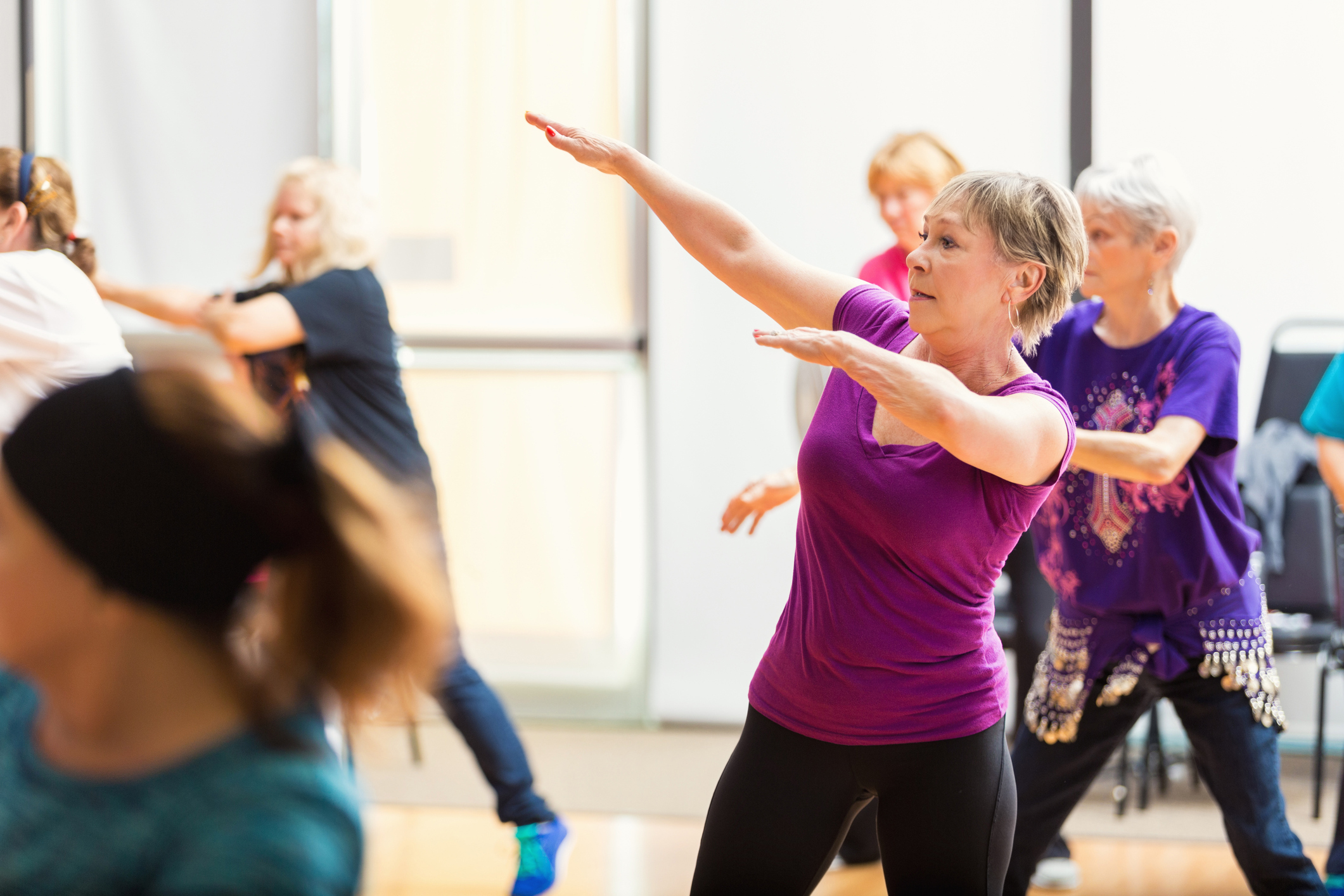
By Dan Vincent, PTA
From the farmlands of Iowa to the mountains of Idaho, affecting everyone from small-town farmers to celebrities such as the late Muhammad Ali, Parkinson’s Disease (PD) targets the motor component of the central nervous system (CNS) with progressive neurodegeneration (Goodman and Marshall, 2017). This article provides an overview of Parkinson’s Disease and how to live life to the fullest with it. PD produces four telltale conditions:
- Tremors
- Bradykinesia
- Rigidity
- Postural Instability.
Sixty years old appears to be the median onset age, with the largest incidence being in the age group of 70-79 (Kouli, Torsney and Kuan, 2018). The presence of PD has shown a higher incidence in men, and among those with (Goodman and Marshall, 2017). Disease course is difficult to predict as clinical manifestations do not worsen at the same rate. Initial symptoms of tremors upon onset can indicate a slower progression and more positive response to medications, while an onset at older age or initial symptoms of rigidity often mean a prognosis of rapid progression. PD will progress more swiftly in the presence of compounding medical impairments such as stroke, visual and auditory conditions (Goodman and Marshall, 2017).
Movement Helps Patients Living with Parkinson’s Disease
Physiotherapy approaches to treating PD are centered around movement, particularly in reducing the debilitating effects of balance dysfunction to improve or maintain a PD patient’s functional ability. Sports Science, Medicine and Rehabilitation published a systematic review and meta-analysis in 2016 that examined various physiotherapy interventions and their effect on improving balance and postural stability in an idiopathic PD population. Examples of exercise programs to help PD patients:
- Rocksteady Boxing (RSB). This program focuses on tailor-made workouts based on agility, speed, strength, endurance, footwork and hand-eye coordination exercises designed to push a PD patient beyond his or her perceived limits through tested methods of aerobic conditioning, gross motor movements, core strengthening, balance and rhythm based exercise (Wilson, 2018).
- This PD treatments have reported cognitive benefits resulting from the need to control movement patterns to follow the instructor, leading to reductions in the time needed to complete the Mental Rotation Task. Much like RSB, dance also vastly improves the mental health of PD patients by feelings of community, increased motivation, enjoyment of treatment, and increased confidence (Parkinson’s and Dance, n.d.).
It is crucial for PD patients to have a caregiver. The role of a PD caregiver may include everything from aiding a loved one with ADLs, management of meds or helping manage finances and coordination of care. The role of a caregiver may also be one of emotional or spiritual support. Due to the progressive, lifelong nature of PD, the role of a caregiver and the necessary duties will change and evolve as the patient’s condition progresses. Whatever their role, it is vital for caregivers to practice self-care, lean on a supportive community network, and maintain a positive partnership with the care-recipient (For Caregivers, n.d.).
A PD diagnosis will certainly mean drastic life changes and new challenges ahead for both patient and caregiver. Though no cure exists for this condition, it does not have to mean the end of a happy and active life. Through a combination of pharmacology, physiotherapy interventions, devoted caregivers, and supportive communities like RSB, hope exists for fighting back and reclaiming a fulfilling quality of life.
“Acceptance doesn’t mean resignation. It means understanding that something ‘is what it is’ and there’s got to be a way through it.” – Michael J. Fox
Check out the full presentation here: LRA Presentation – PD.html
Schedule an appointment to see how we can help with PD. https://intermountainpt.com/request-appointment/
Sources
For Caregivers. (n.d.). Retrieved December 25, 2020, from https://www.parkinson.org/Living-with-Parkinsons/For-Caregivers
Goodman, C. C., MBA, PT, CBP. (2017). Pathophysiology for the Physical Therapist Assistant (2nd ed., pp. 659-666) (1141324501 859339220 C. Marshall, Ed.). St. Louis, MO: Elsevier.
Kitten, A. K., PharmD, Saklad, S. R., PharmD, BCPP, & Evoy, K. E., PharmD, BCACP, BCACP, BC-ADM, CTTS. (2018). Pimavanserin: A novel therapeutic option for Parkinson disease psychosis. Innovations in Clinical Neuroscience, 15(1-2), 16-22. doi:10.1212/cpj.0000000000000380
Kouli, A., Torsney, K. M., & Kuan, W. (2018). Parkinson’s Disease: Etiology, Neuropathology, and Pathogenesis. In Parkinson’s Disease: Pathogenesis and Clinical Aspects. Brisbane: Codon Publications. doi:doi: 10.15586/codonpublications.parkinsonsdisease.2018.ch1
Martin, S. T., & Kessler, M. (2016). Other Neurologic Disorders. In Neurologic interventions for physical therapy (3rd ed., pp. 461-469). Edinburgh: Elsevier Saunders.
Parkinson’s and Dance. (n.d.). Retrieved December 25, 2020, from https://www.physio-pedia.com/Parkinson’s_and_Dance
Tedeschi, B., Tedeschi, B., Says:, M., Says:, Y., Says:, C., Says:, M., & Bagasra, O. (2016, June 05). Muhammad Ali and Parkinson’s: Was boxing to blame? Retrieved December 23, 2020, from https://www.statnews.com/2016/06/04/muhammad-ali-parkinsons-disease/
Wilson, T. L. (2018). ROCK STEADY BOXING: FIGHTING PARKINSON’S DISEASE ONE COUNTER PUNCH AT A TIME! Palaestra, 32(1), 46-51. Retrieved December 24, 2020, from http://eds.a.ebscohost.com.carrington.idm.oclc.org/eds/pdfviewer/pdfviewer?vid=8&sid=85d2b056-3a54-426e-bb10-b9ee4ae1e887%40sessionmgr4008
Yitayeh, A., & Teshome, A. (2016). The effectiveness of physiotherapy treatment on balance dysfunction and postural instability in persons with Parkinson’s disease: A systematic review and meta-analysis. BMC Sports Science, Medicine and Rehabilitation, 8(17), 1-10. doi:10.1186/s13102-016-0042-0
Zahoor, I., Shafi, A., & Haq, E. (2018). Chapter 7Pharmacological Treatment of Parkinson’s Disease. In Parkinson’s Disease: Pathogenesis and Clinical Aspects. Brisbane (AU): Codon publications.
